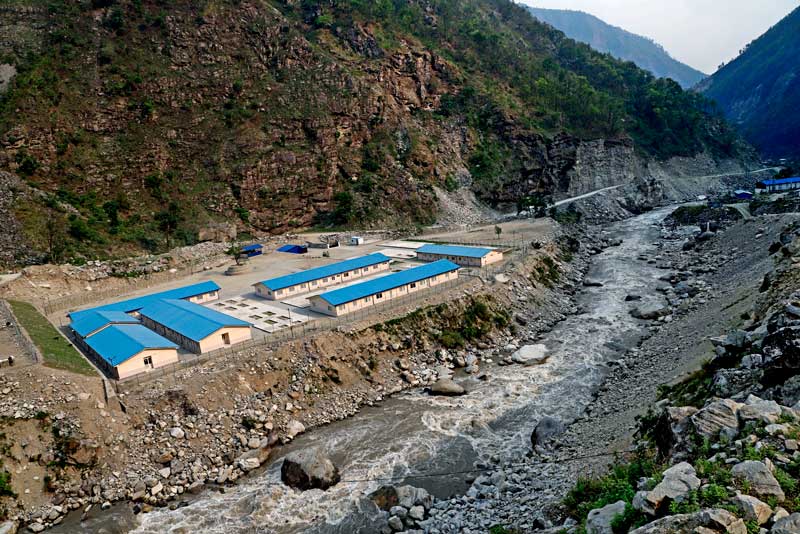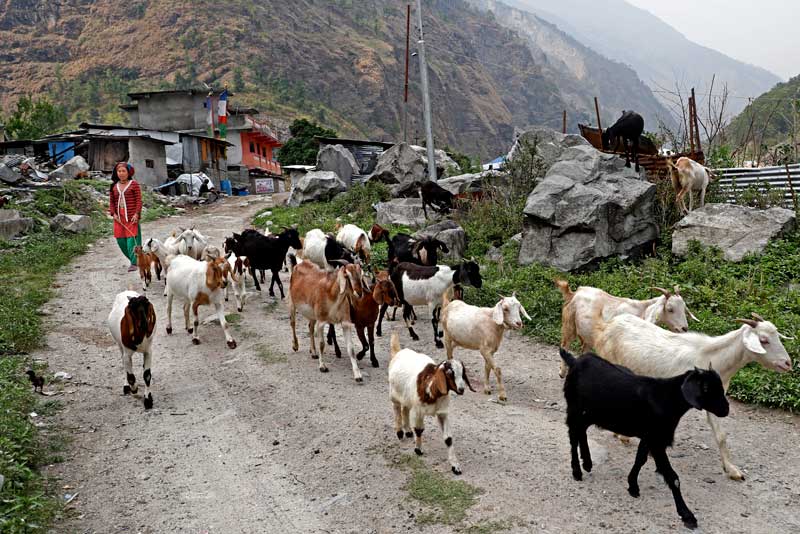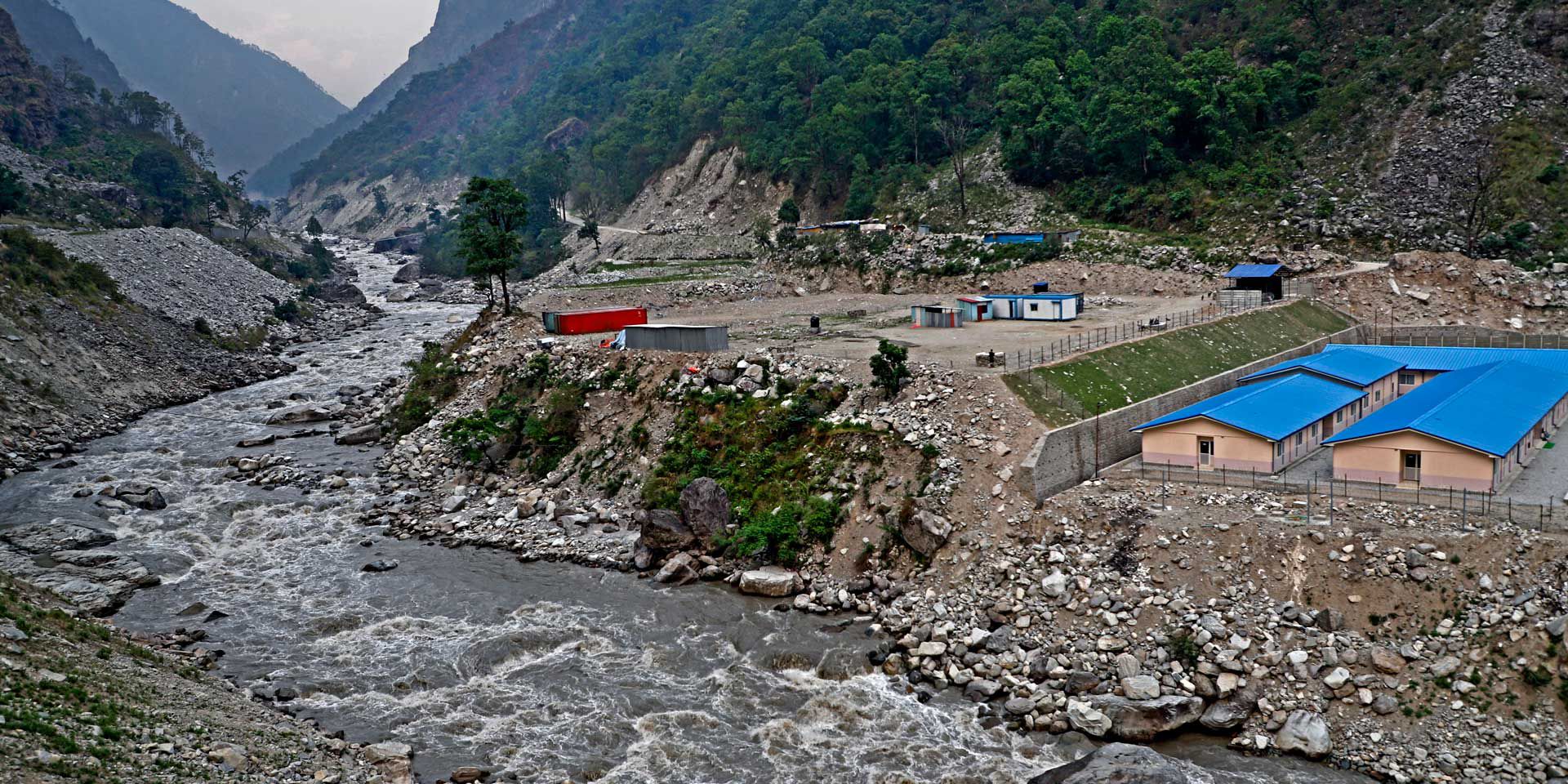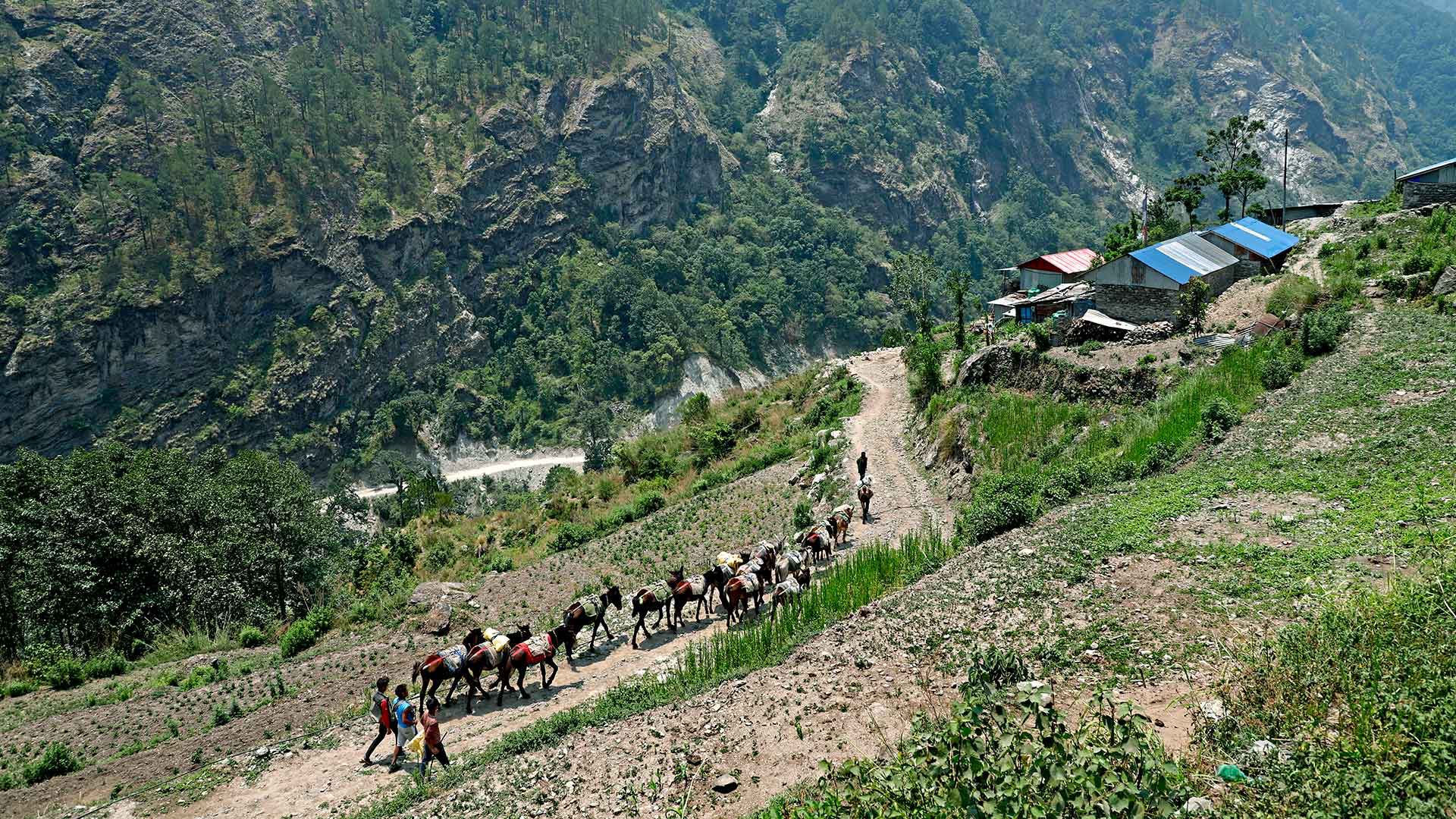A majority-owned Korean subsidiary company earlier this month signed a financing agreement with nine co-lenders, including IFC, to build a 216-megawatt hydropower plant that will provide power to up to 9 million people by 2024. The project, developed by Nepal Water and Energy Development Company, represents one of Nepal’s largest-ever foreign direct investments. Once completed, Upper Trishuli-1, or UT-1, will sell power to Nepal’s national public utility company under a 30-year power purchase agreement.
The deal had many layers: a $453 million financing package organized by IFC, a $135 million political risk guarantee from the Multilateral Investment Guarantee Agency (MIGA), and more than $100 million in blended concessional finance from the International Development Association Private Sector Window (IDA-PSW). The IDA-PSW support lessens the costs and risks associated with the project’s long development period.

The campsite in Mailung, Rasuwagadhi, will house contractors and engineers during construction of UT-1, which will start by 2020.
The project comes at a time of growing interest in investment opportunities in Nepal.
The country, located between economic giants China and India, is richly endowed with natural beauty, fertile land, and an abundance of water. A recent IFC and World Bank study, a Country Private Sector Diagnostic (CPSD) on Nepal, pinpointed several sectors with strong potential for enabling Nepal’s economic growth, including ICT, tourism, and agribusiness. The study found that policy reforms, investments in public goods, and private sector engagement could potentially stimulate the development of those sectors.
Barshaman Pun, Nepal’s Minister of Energy, called the UT-1 hydro project a “game-changer” for his country. “Not only will it power hundreds of thousands of homes and businesses, but it will also serve as an of example of how private companies can help Nepal expand its hydropower sector and attract much needed foreign direct investment.”
Tourism enjoys substantial comparative advantages because of Nepal’s unique geography. Nepal is the gateway to the world’s tallest mountains, maintains vast nature preserves, and has some of the world’s most important Buddhist and Hindu sites. By refining the experiences of tourists, the sector could grow significantly and create more jobs, the country diagnostic found.
In agribusiness, Nepal’s varied micro-climates give it a potential edge in high-value niche products such as spices (such as large cardamom, where Nepal leads the global market), fruit juices, honey, medicinal herbs, tea, coffee, apples, and cut flowers. The analysis identified storage and warehousing as a good medium-term opportunity for investors, and agriculture support services in the medium to long-term. With more than 70 percent of the population working in agriculture, creating markets in high-potential agriculture value chains could have a substantial impact on living standards in rural areas.

UT-1 is the first project in Nepal to undertake a consent process with affected indigenous communities.
Hydropower, infrastructure projects more broadly, and other promising sectors identified by the CPSD have the potential to transform Nepal’s economy – and to help the country become more climate resilient. The UT-1 project, in fact, includes financing from the Finland-IFC Blended Finance for Climate Program and the Climate Investment Funds to help lessen the risk of flooding from glacial lakes.
With reforms, higher productivity, and the UT-1 project, investors may see more opportunities in Nepal. And with greater private sector activity in the economy, the country stands a better chance of meeting its goal of becoming a middle-income country by 2030.

